When we think about technological innovation in transportation we think about electric cars. We don’t think about other forms of transportation, particularly those that are at sea. But some of the most interesting technology changes are happening in the new ships being launched or in planning phase. Here are just a few of the most recent announcements:
Air Lubrication Systems
Mitsubishi Heavy Industries is the developer of MALS, the Mitsubishi Air Lubrication System. This technology is being installed in two new cruise ships, each 125,000 tons. Delivery is scheduled for 2015 and 2016. MALS uses high-efficiency blowers connected to portals in the ships hull to push air bubbles across the bottom of a ship to reduce friction between the hull and water. In sea trials conducted in 2010 MALS reduced fuel consumption by 13%. MALS has been installed on bulk carriers where along with improved propulsion systems and high-efficiency hull design, contributed to a 25% reduction in CO2 emissions. A U.S. grain handler has ordered three bulk carriers with these new designs.
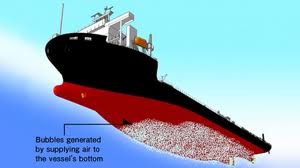
Hybrid Diesel-Electric Drives
Mitsubishi has built the Emerald Ace, jointly developed with Mitsui O.S.K. Lines Ltd., and Panasonic Corp. Called the Prius of the seas, it is the first eco-ship. At 60,200 gross tons it can transport 6,400 automobiles on 12 decks at speeds of 20 knots. But the top deck is reserved for 768 double-sided solar cell panels each producing up to 160 Kilowatts, the equivalent power for 50 homes. The array is backed up by Panasonic’s lithium-ion battery technology consisting of 324,000 rechargeable units capable of storing 2.2 Megawatt hours. When at sea the ship operates on diesel. The solar arrays power ship’s navigation, instruments, lighting and air conditioning. In port the ship runs off its solar arrays and battery storage.
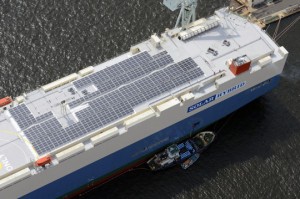
Advanced Scrubbers for Pollution Control
Liberty of the Seas, a Royal Caribbean Cruise vessel is sporting Green Tech Marine‘s new compact exhaust gas scrubber. Shipping companies are increasingly paying attention to the types of engines, fuels and emissions they create when operating ships at sea. The new scrubber, a product of this Norwegian company, and featured on the Royal Caribbean ship, is called the GTM R15. It includes a smart control system that monitors the exhaust from the marine diesel propulsion system. It detects particulate matter, pH levels, sulphur dioxide, nitrous oxide, CO2 and other pollutants in the exhaust stream and adjusts its scrubbing process constantly to maximize elimination of these harmful emissions. The scrubber can be installed on ships while in operation. It is energy efficient and requires no external hazardous or environmentally sensitive chemicals to operate.
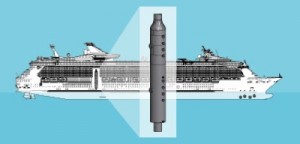
Rigid Sail and Integrated Solar Panels
Aquarius MRE Systems is a product of Eco Marine Power Co. Ltd., a Japanese company. Combining sail and solar for use in bulk ore carriers, oil tankers and other vessels is the dream of Eco Marine. They have recently completed lab tests of the technology and are entering the prototype phase in the development of a technology they call the EnergySail, a rigid sail that incorporates solar arrays built into the sail surface. A computer control system controls the rigid sails automatically positioning them based on weather conditions. Sails can be lowered and stored during storms. When in port the sails can provide all required onboard power. The Aquarius MRE System can be installed on existing ships and plans for sea trails should commence in 2013.
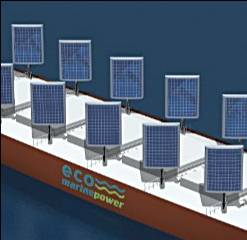
Ecometer Technology Monitors Emissions
Statoil has ordered seven new supply vessels for operating off the Norwegian continental shelf. The vessels are to be delivered by 2014 to begin operations. Each will feature an ecometer, a device designed to improve efficiency during operation while lowering emissions. The vessels will include oil-spill protection technology. Ecometers are designed to provide operators with information on how to efficiently operate a vessel while minimizing its carbon footprint. It can provide 5 to 20% fuel efficiency gains. The vessels are being built by five different suppliers and will also incorporate stringent nitrous oxide emission controls. One of the vessels will be powered by liquid natural gas turbine engines.
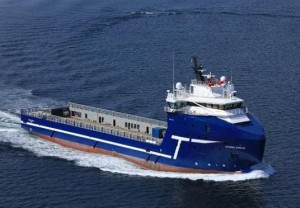
If you are interested in learning about other technological improvements in ship transportation a good site to visit is CTech.







